On Thursday night my co-conspirator Elle Telford and I organised Brisbane premiere of the Place Man followed by a panel Q&A with a few local placemakers. We had no sponsorship, just a good idea, great panel (Peter Hyland, Brooke Williams, Jonathan Sriranganathan and Bec Mac, moderated by UQ’s Laurel Johnson), gifted venue space (thanks Flying Colours), and a borrowed sound system (thanks Trina Massey). The event completely booked out and we were joined by 80 of our city’s residents.
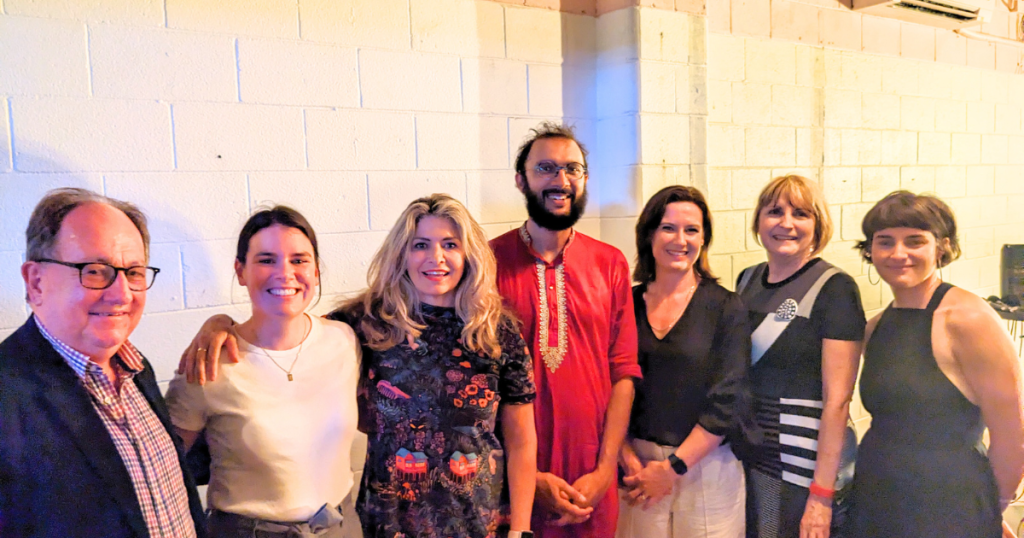
What is placemaking?
The Place Man is a short documentary that explores the roots of the placemaking movement through the life of Fred Kent. Placemaking is a term that describes interventions that reimagine or redesign spaces for people. Fred sought to remedy some of the issues that arose in New York City during the 1960s and 1970s.
New York in the 1980s: catalyst of a movement
With declines in manufacturing (and associated job losses) and a mass exodus of residents to the suburbs, the inner-city boroughs of New York experienced significant economic decline. By the 1980s it was one of the most dangerous cities in the world. Budget cuts meant infrastructure wasn’t maintained.
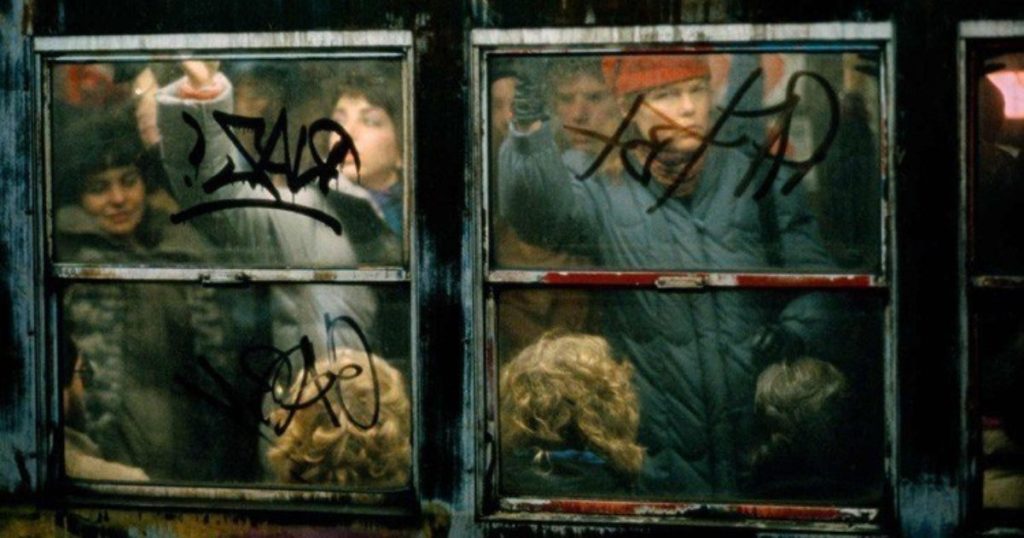
Bryant Park was known as “needle park”.
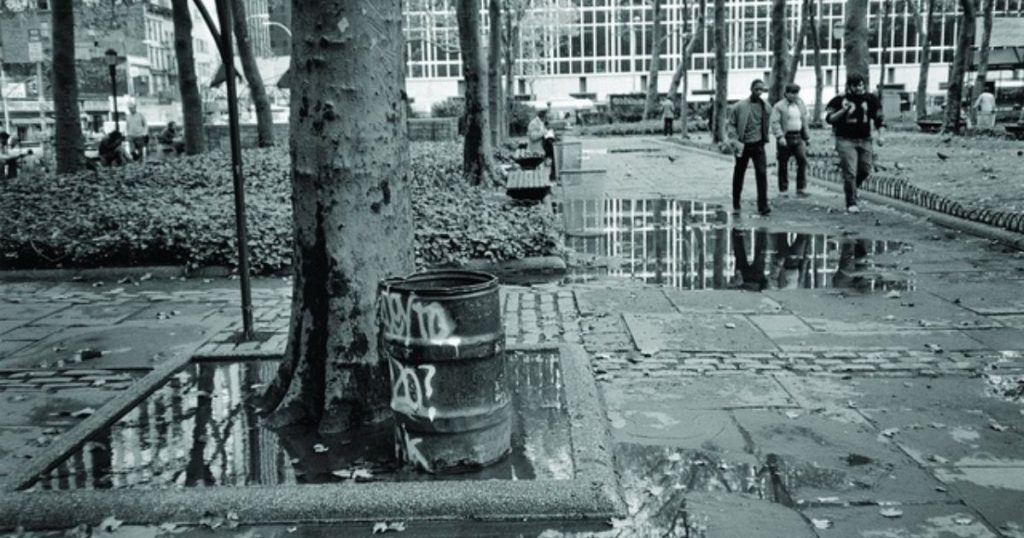
Fred Kent is credited for the 1988 renovation of Bryant Park, which improved access and visibility from the street. Today, it is a place used for various family events throughout the year.
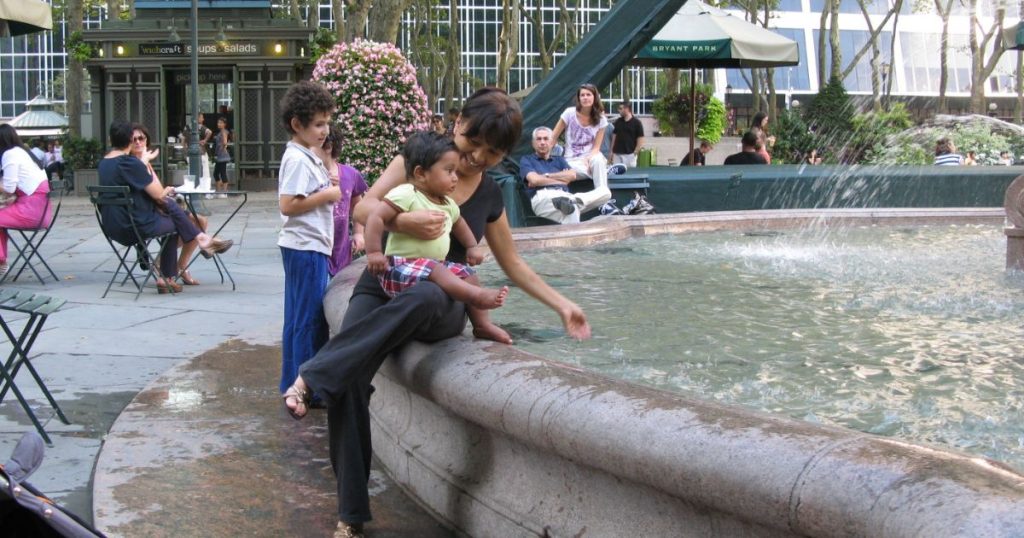
Our panellists
All our panellists have diverse placemaking experience. Bec’s giant love TV has been with her to cities around the world hearing peoples’ love stories. Just across the road in Bunyapa Park shows Jonathan’s work with community artists and residents in its design, including the murals, public piano and plants. From Orchard Road in Singapore to the master planning of Springfield, Peter Hyland has extensive experience in both creating new spaces and redeveloping older ones. Brooke Williams’s team just won an award for their community engagement for a master plan in Redlands.
When reflecting on the film, our panellists were asked about one thing they could change about our city – and all echoed similar sentiments of placing people and place first. This includes bringing together all the disciplines that make a place (engineers, planners, designers, architects and the people that use the space) and all work together at the same time, rather than everyone operating in their own silos.
Brooke highlighted the importance of having spaces where teenagers can just hang out in public, and Bec highlighted similar issue with workers in the nighttime economy (where do they go to the toilet? What if they want something to eat and everything closes at 9:00pm?). Jonathan shared some of his experiences with a risk-averse council, which can make some spaces hostile to people – to avoid potential liability from having people use the space.
When asked to reflect on why we need placemaking (what went wrong?), Peter made the point that at some stage we transitioned to a “domicile society”. We went inside our homes and rarely came out.
Why do we need placemaking?
New York City might be far away, but Australian cities enthusiastically adopted many of the planning strategies that came out of the United States after World War Two. Large highways slicing through our inner city, clinical separation of where people live from where they work, roads that prioritise vehicle traffic over any other mode of transport.
To quote Fred Kent “if you plan for cars and traffic, you’ll get cars and traffic. If you plan for people and places, you’ll get people and places”.
Arguably, these decisions are some of urban planning’s greatest failures. New York’s Bryant Park is central in a community built around walking and a subway. Brisbane is a car town – but it wasn’t always.
In Brisbane the car retrofit started in earnest in the 1960s with Clem Jones (Lord Mayor) and Charles Barton (State Roads Commissioner) who quite literally superimposed American planning ideas onto our city.
If driving (at speed!) was not so built-in to our cities, our street corners, and the streets themselves, wouldn’t be so hostile to people. Kids could play on outside safely.
In my opinion, restructuring our city for the car was a terrible mistake, and we need bold policy to undo decades of underinvestment in other modes of transport. This isn’t anti-car. It’s about choice. Do we prioritise kids cycling to school? Or motorists passing through on their way to somewhere else? Currently only one of these groups has dedicated space throughout our entire city.
Brooke described placemaking a temporary state – something we need to remedy the urban fabric we’ve created, but something we hopefully render redundant one day. One member of the audience highlighted the need to do these kinds of events in every community. Sadly, many of our suburbs don’t have venues that make this possible – and that is part of the problem.
It’s our city – and we can all play a role in reclaiming public space for people.
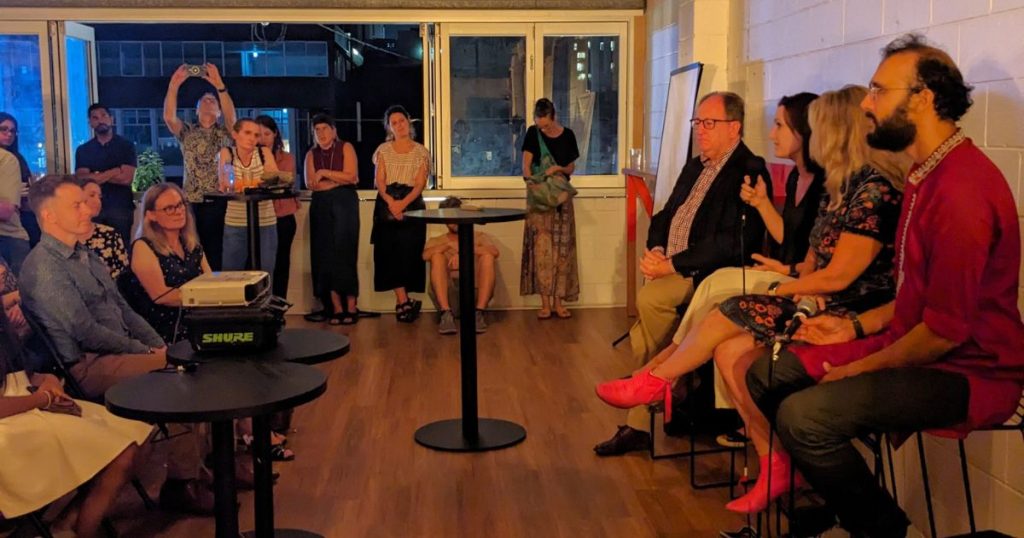
Footnote: We did invite the city’s current council administration, but Adrian Schrinner politely declined and also declined our offer to send a representative.

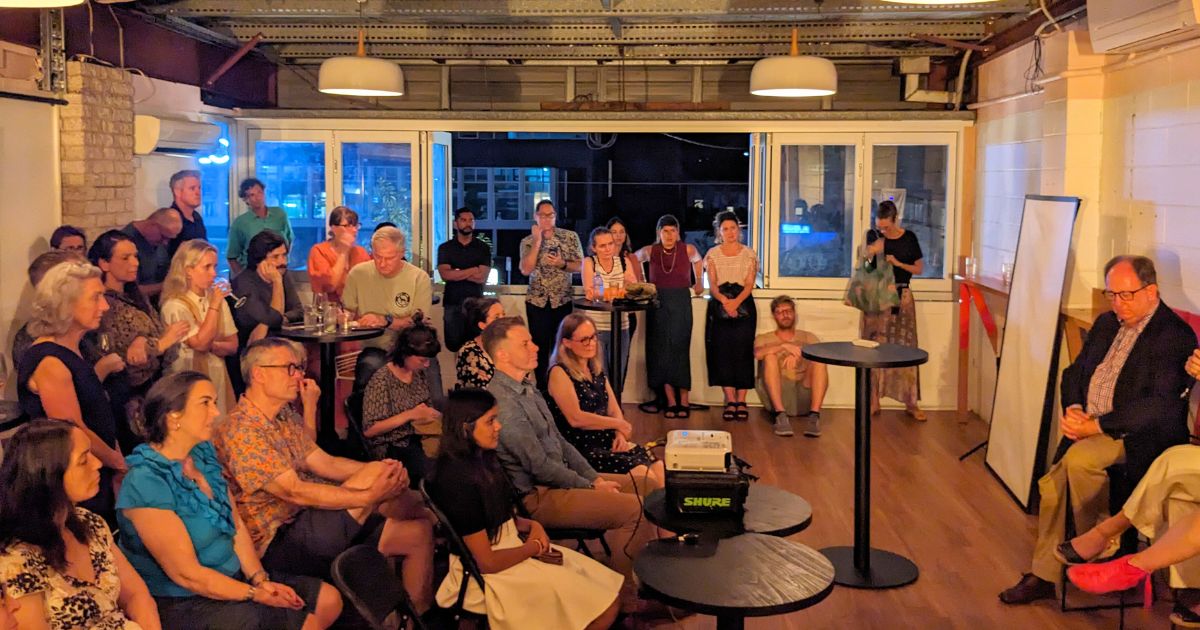

never heard of Fred Kent until your article. Excellent job, Keep it up.